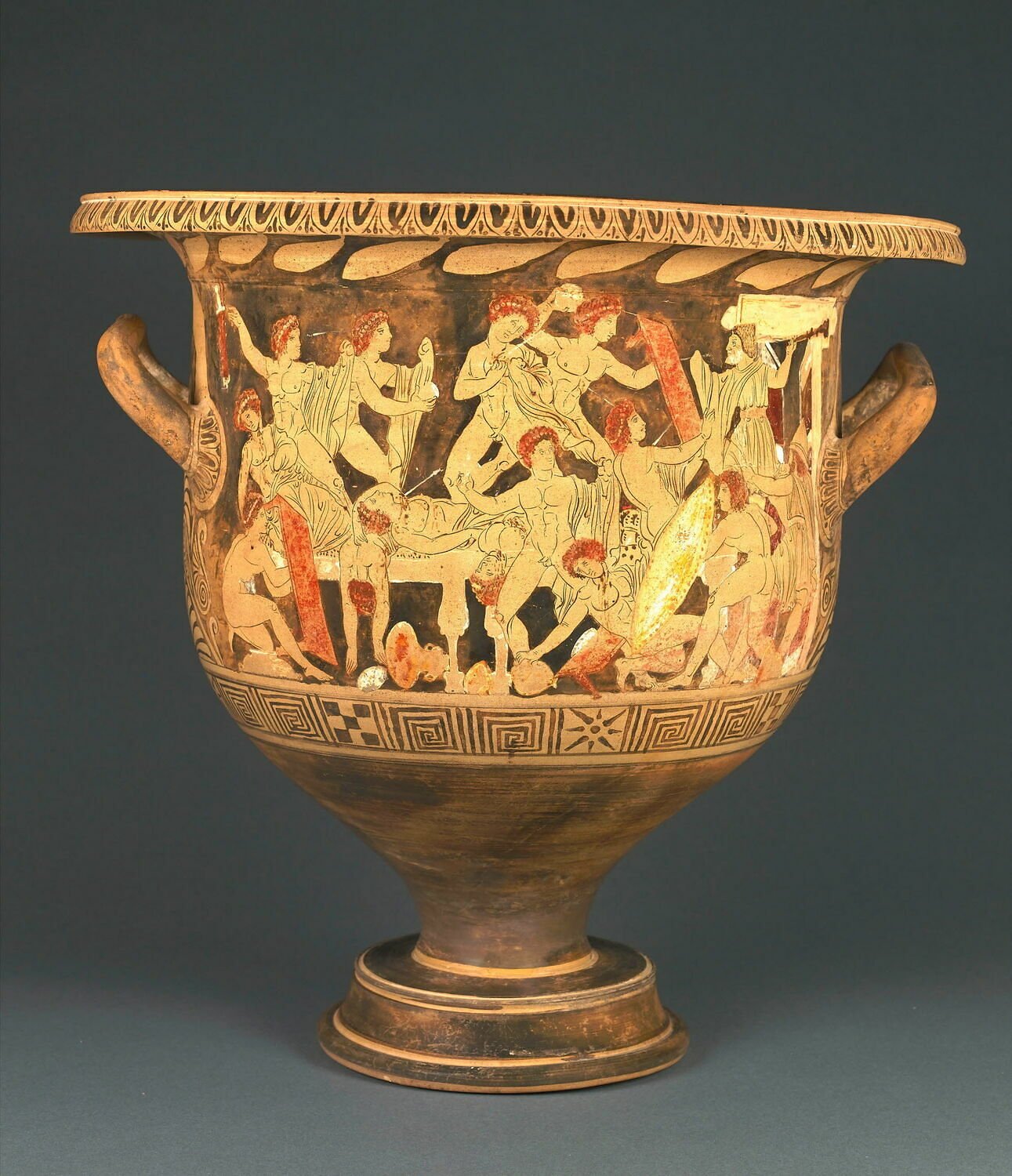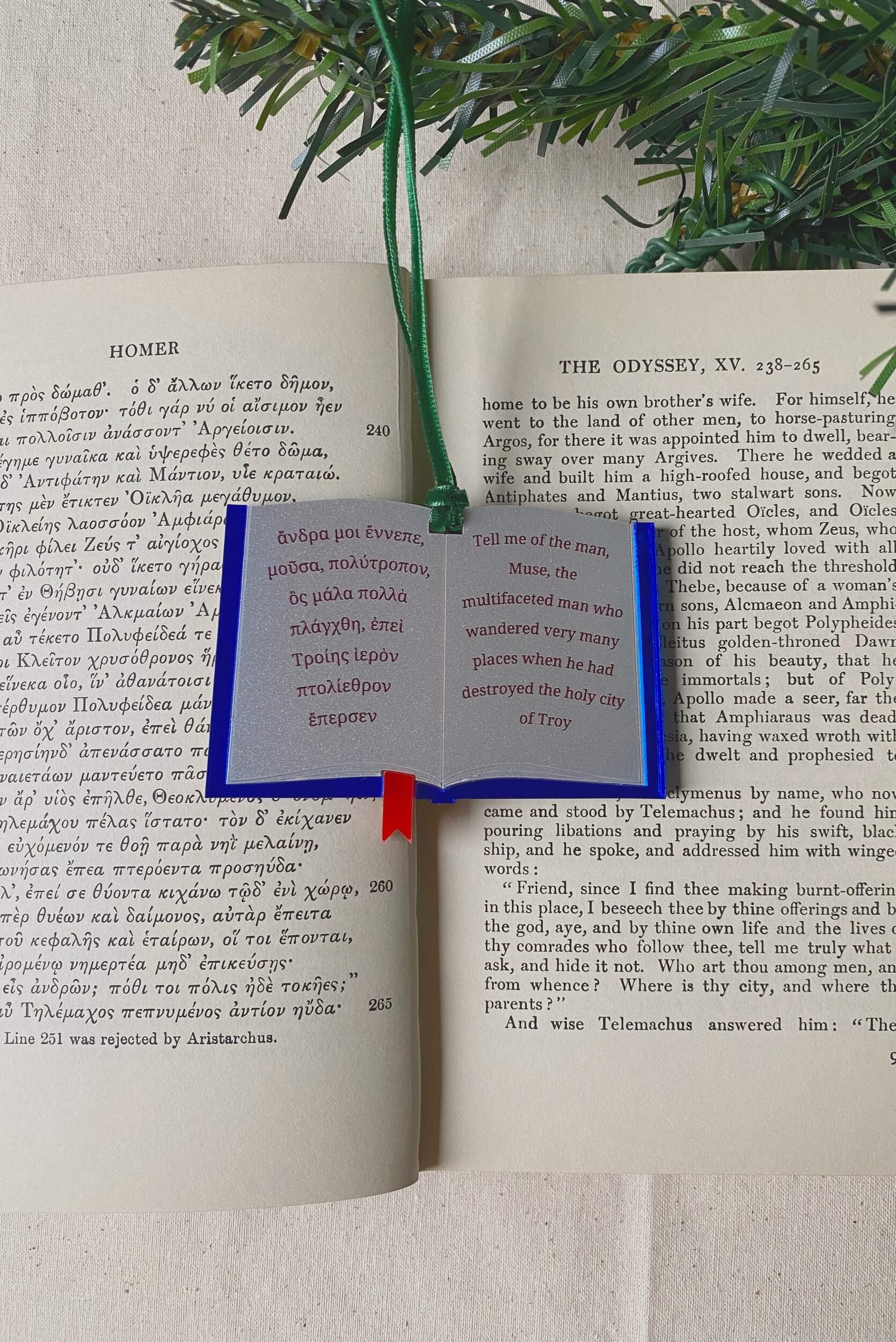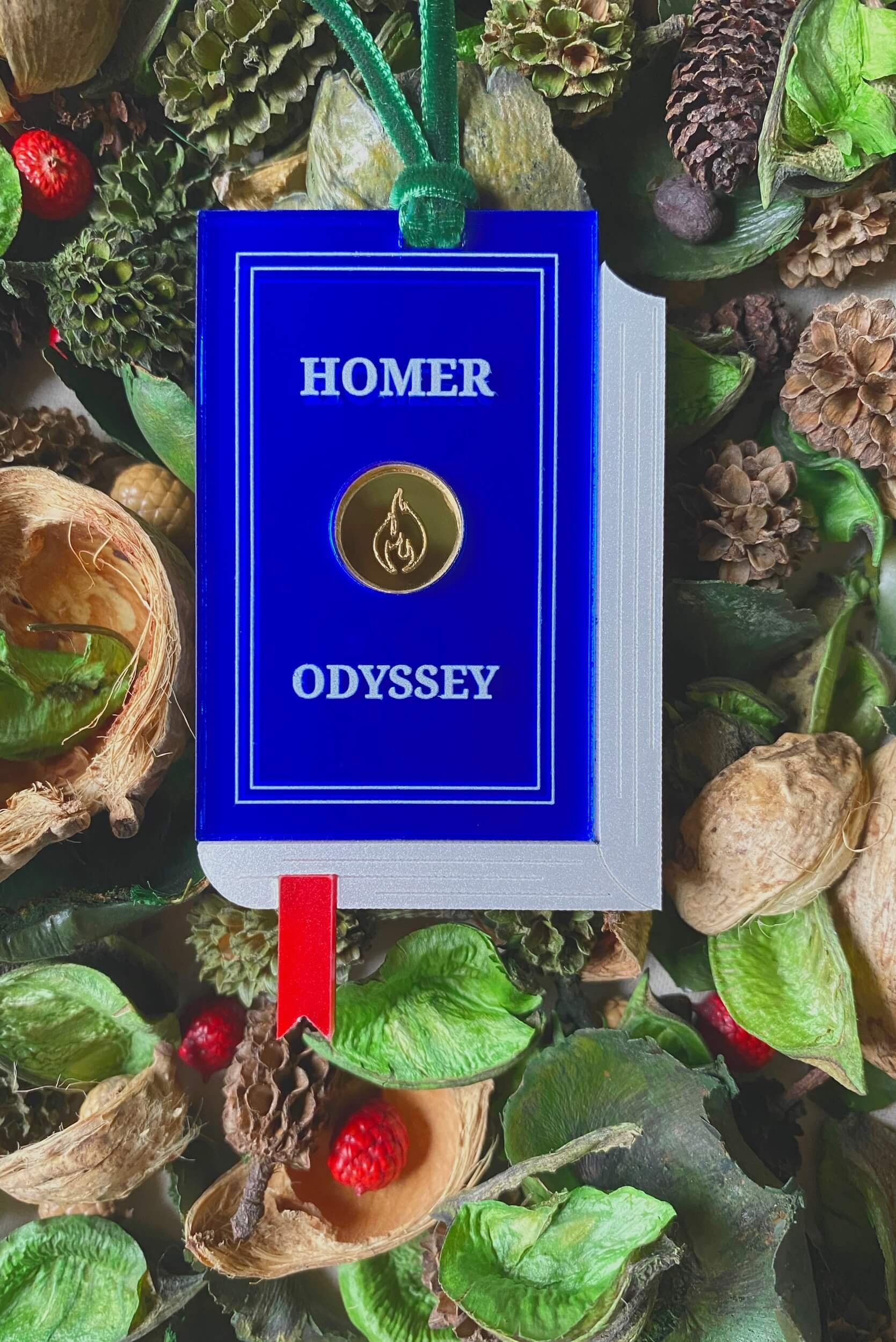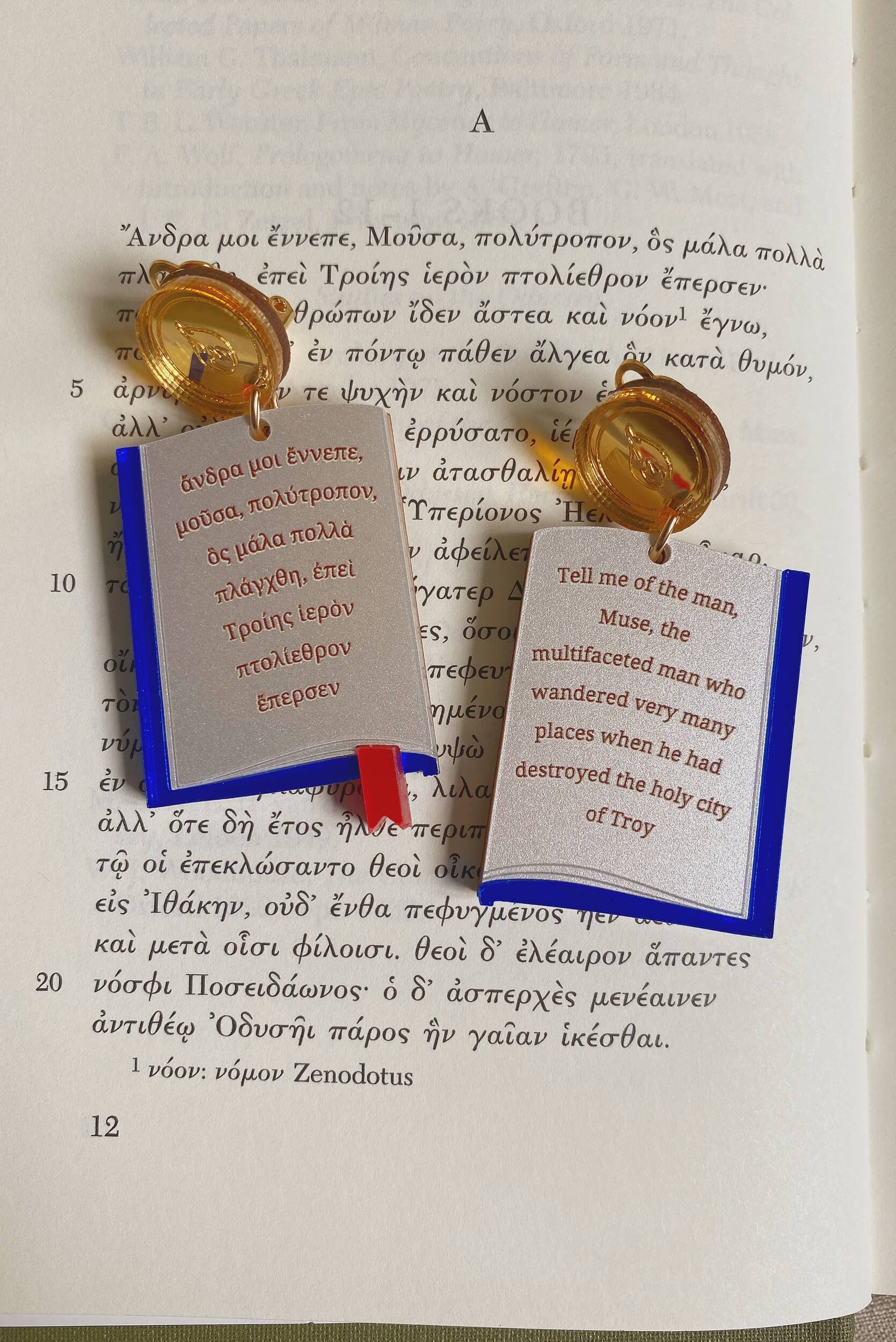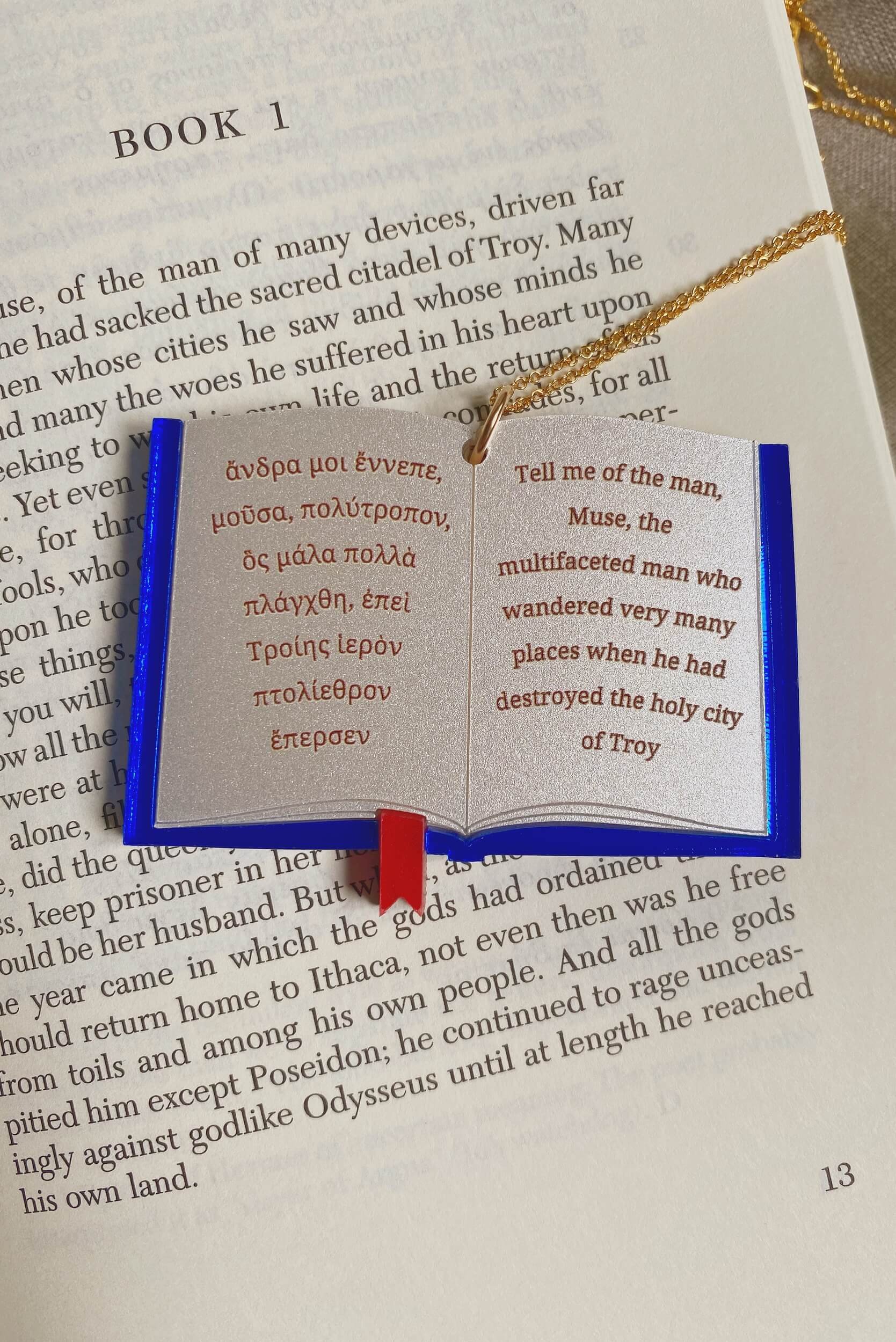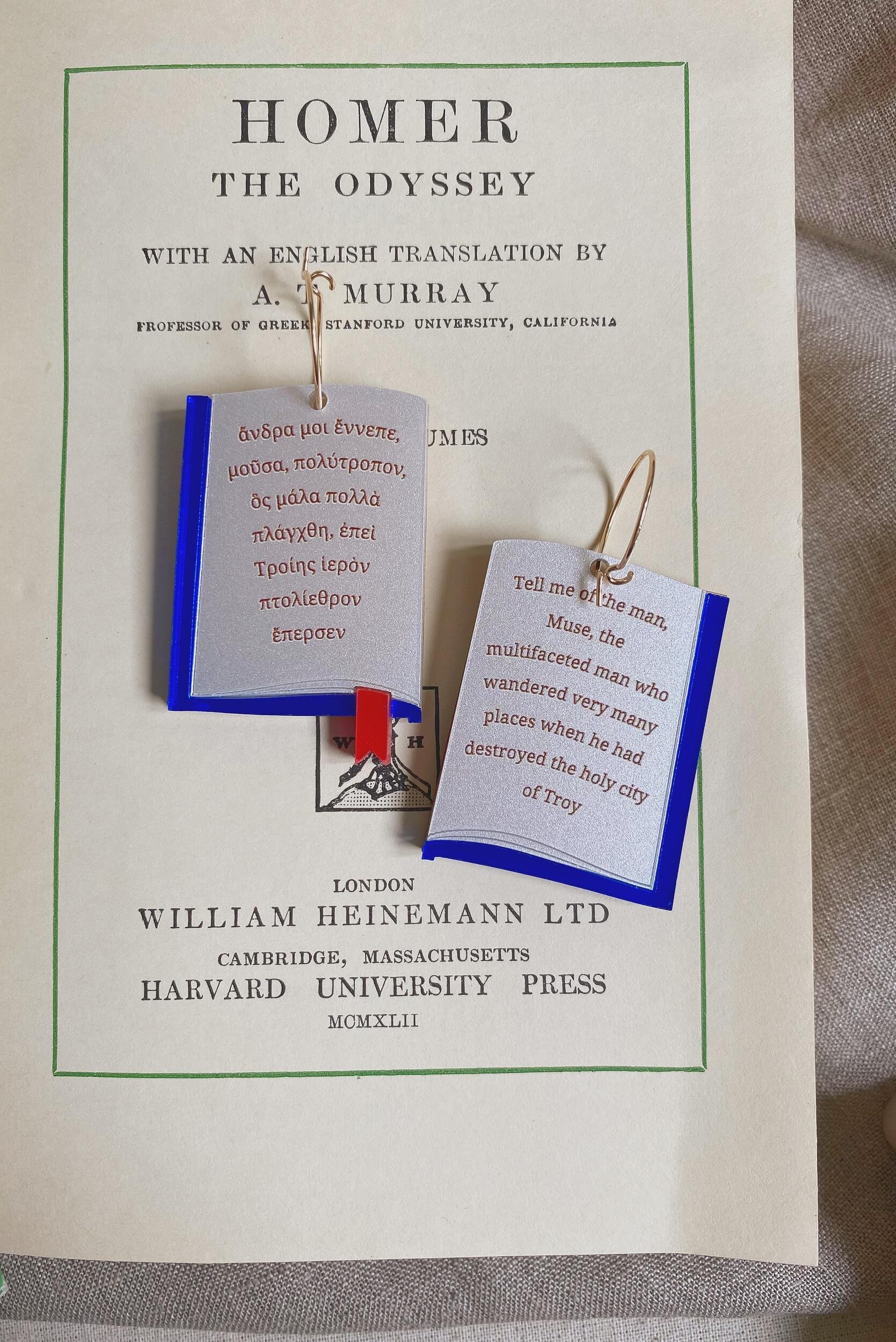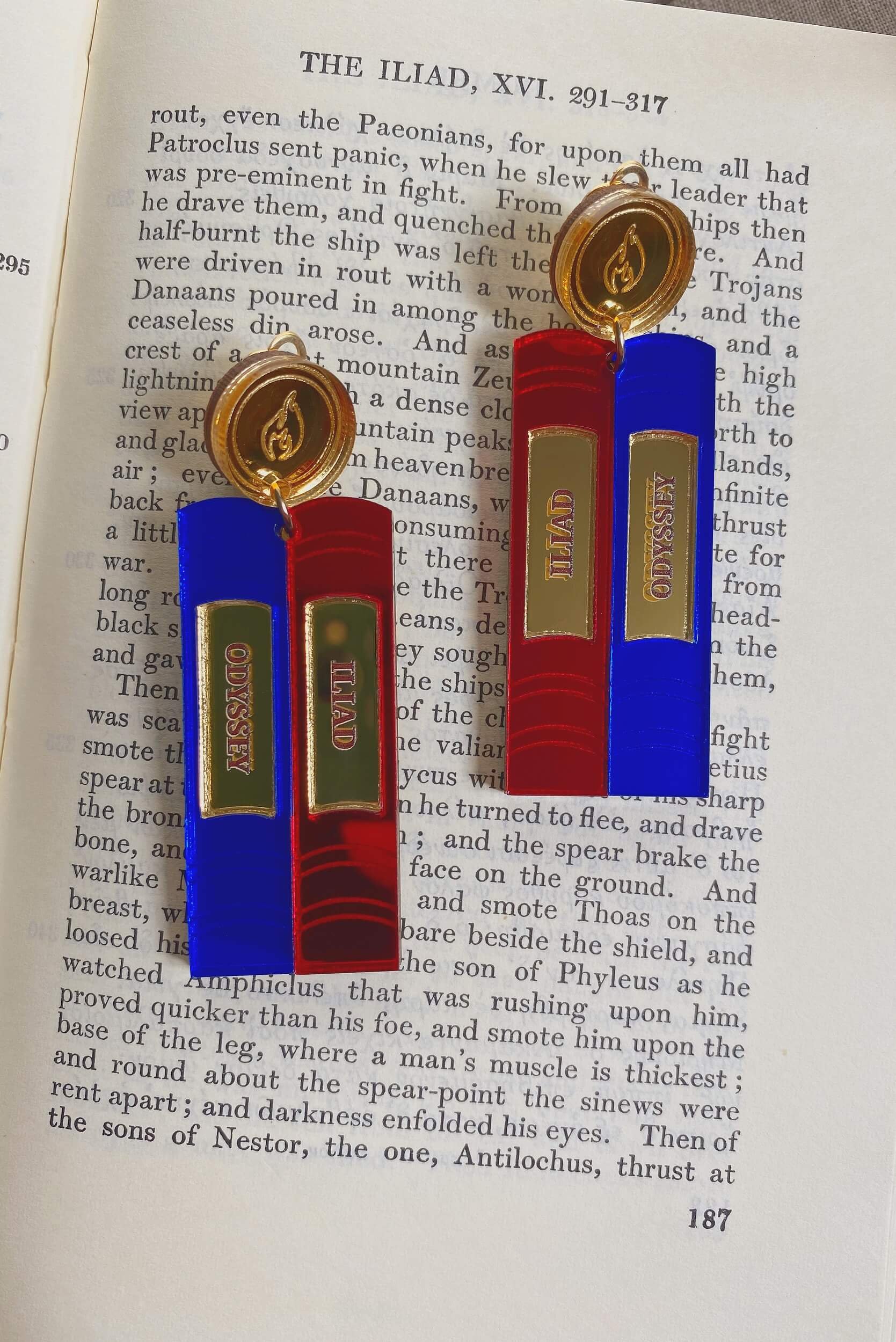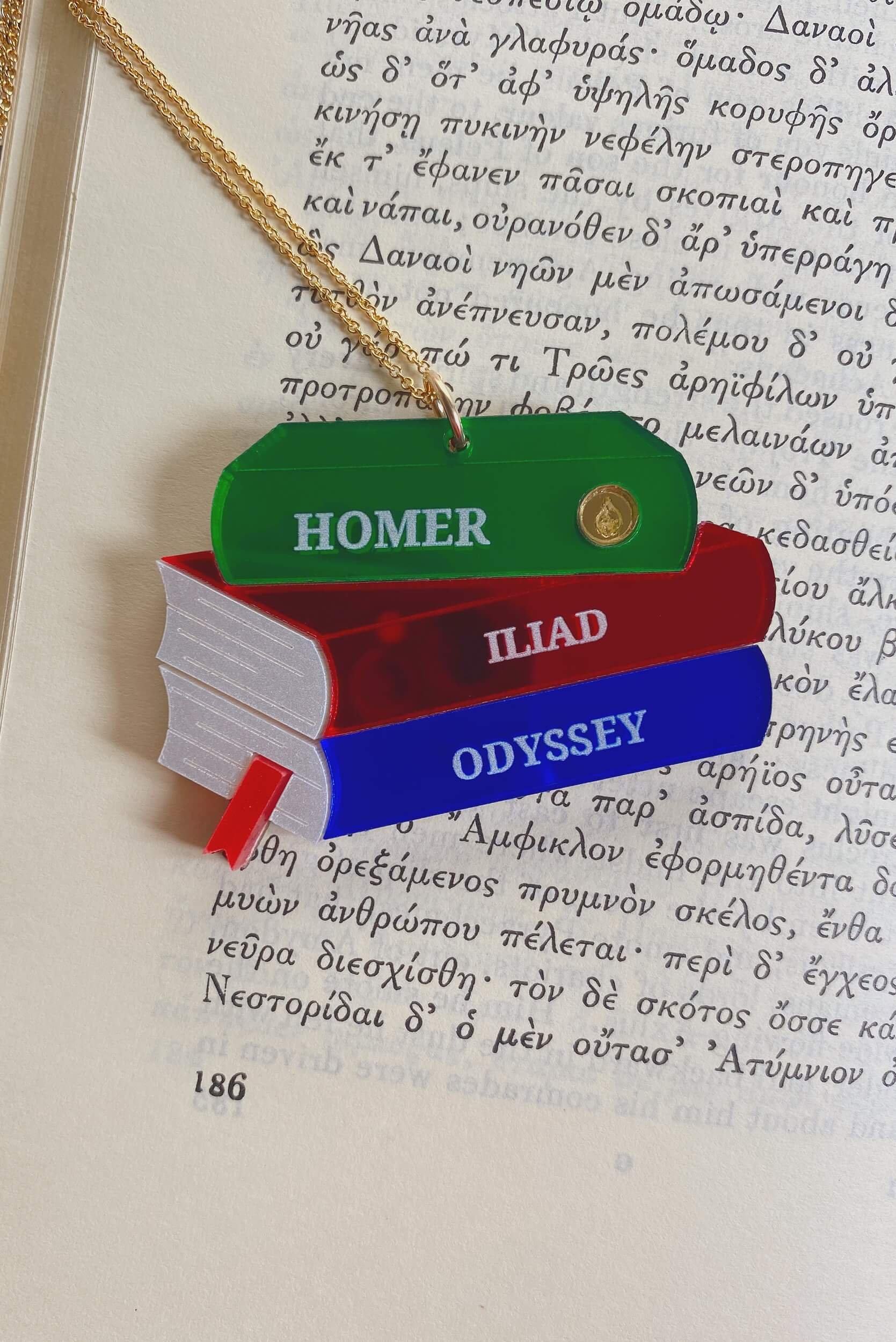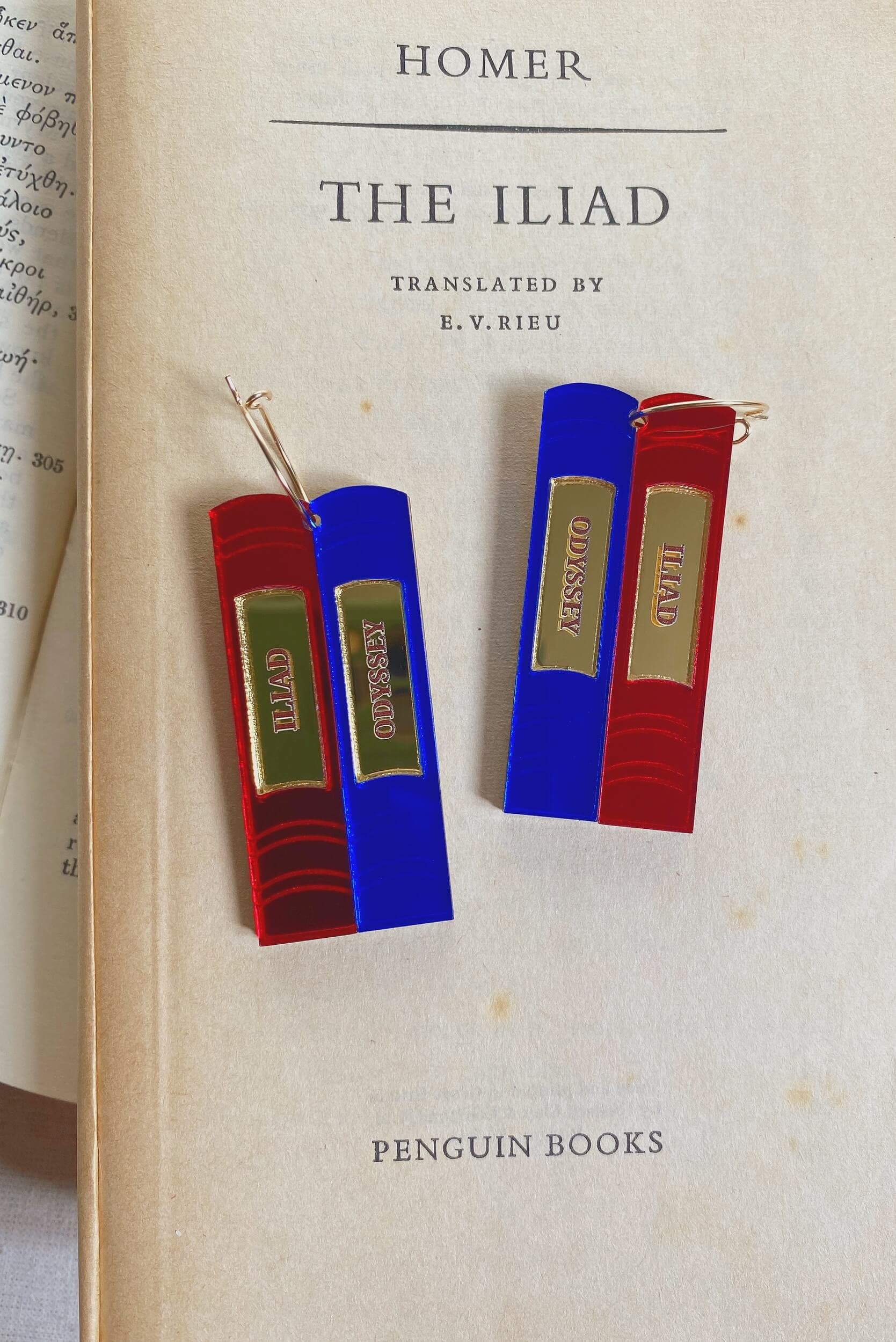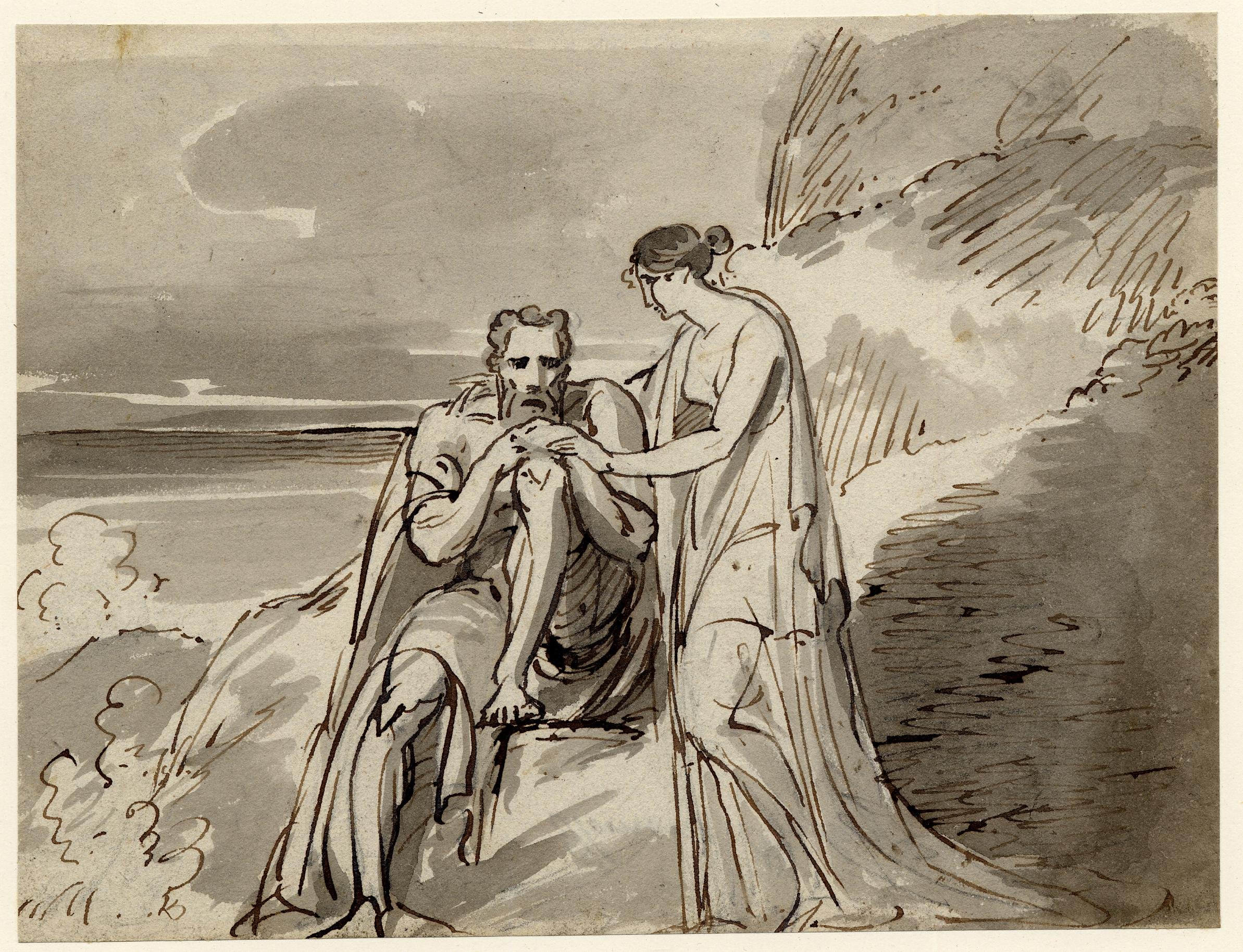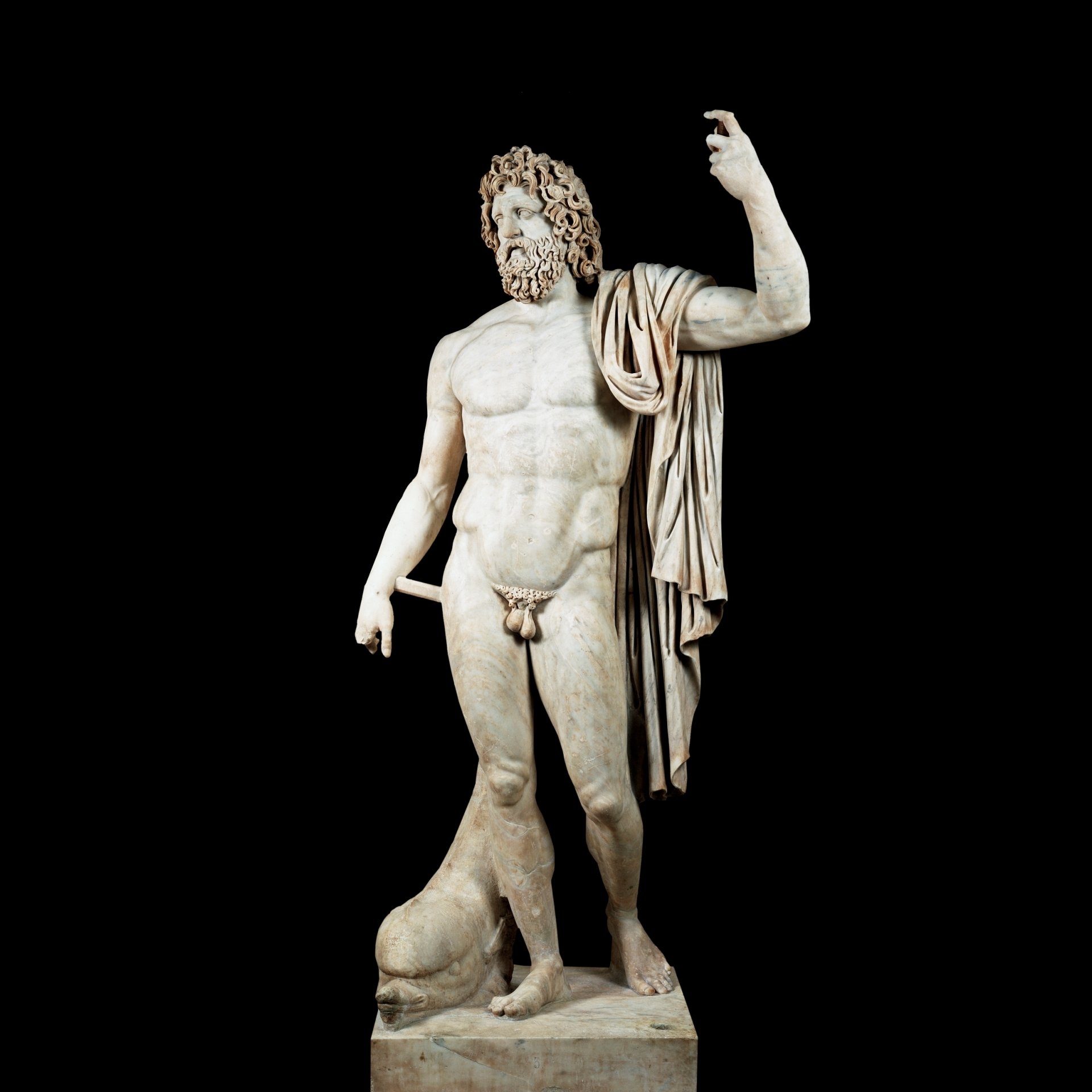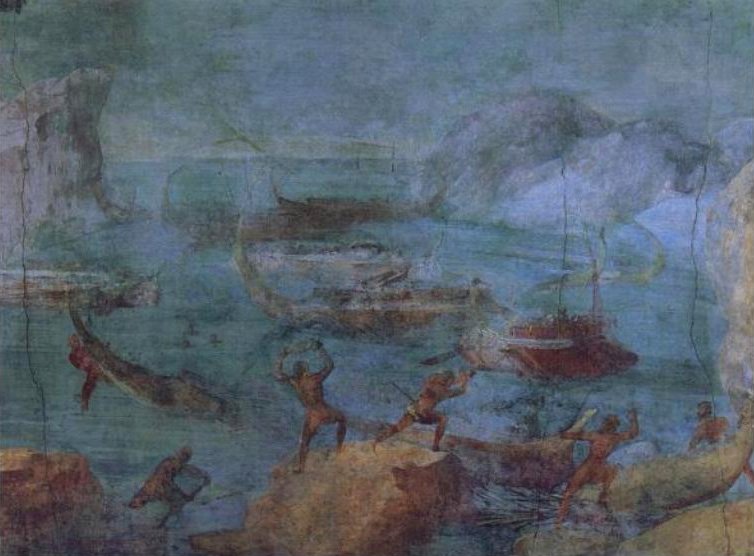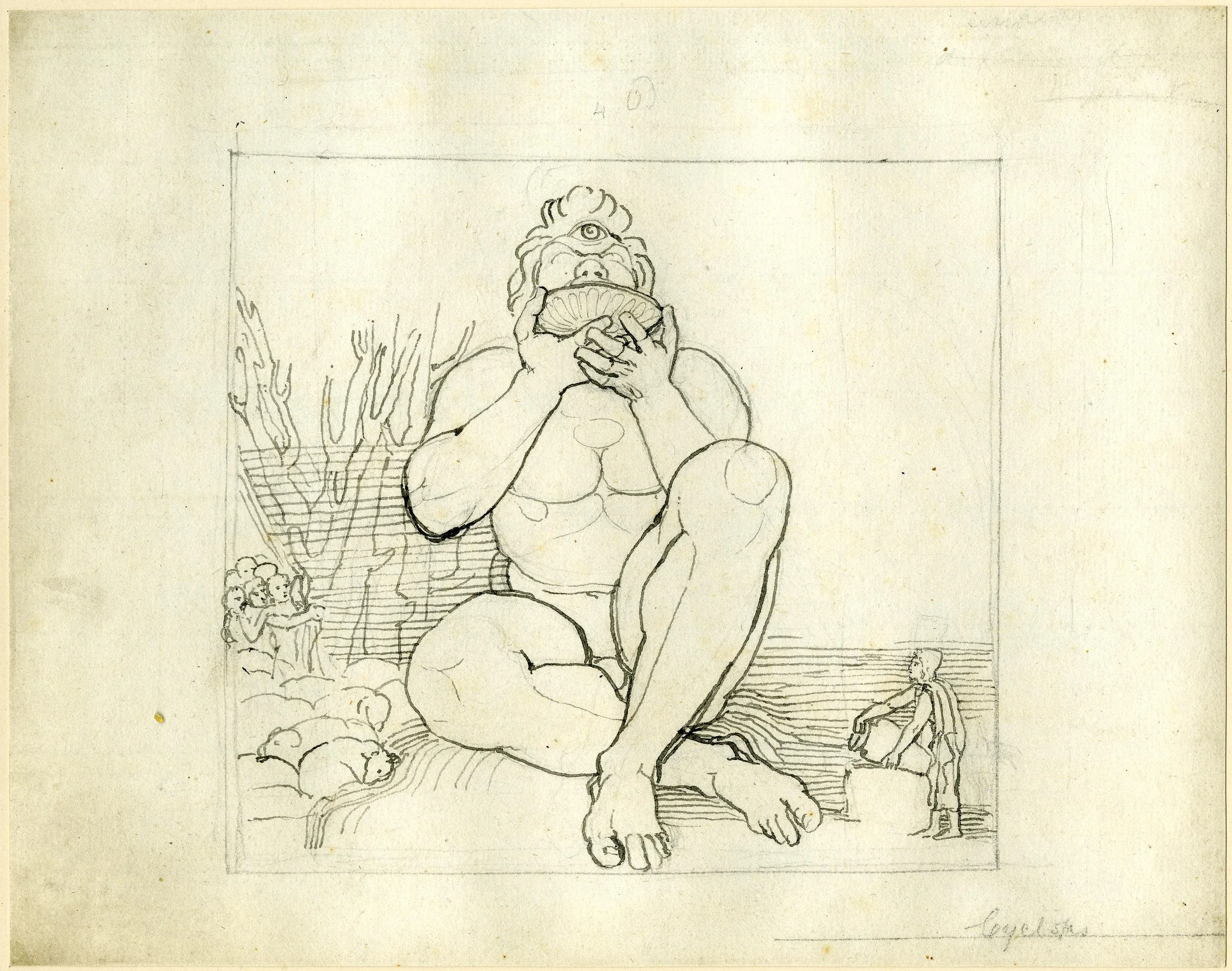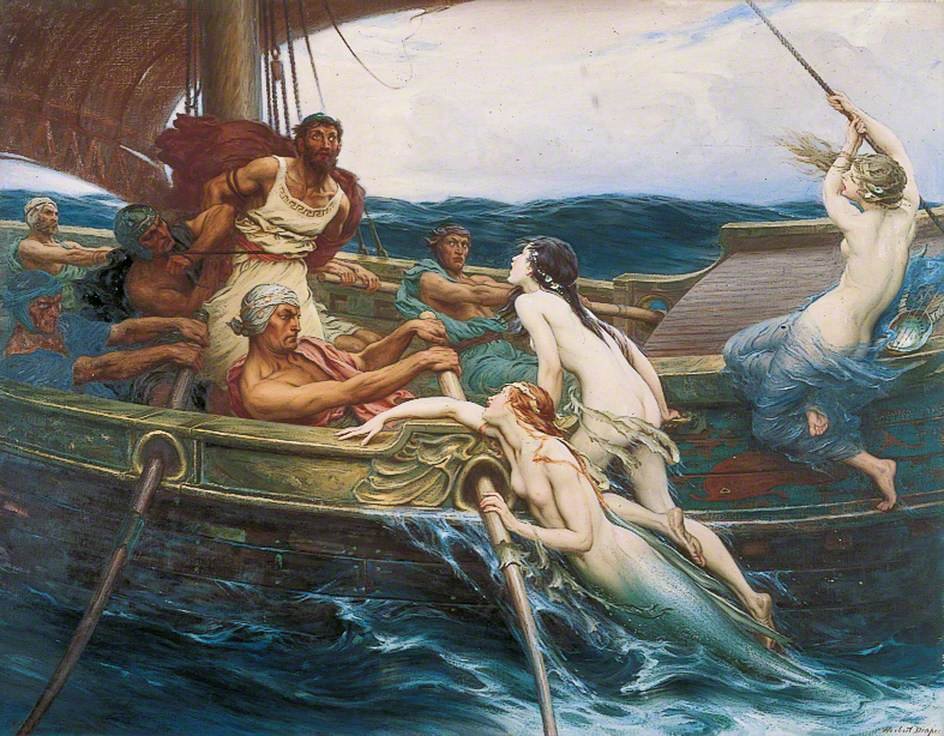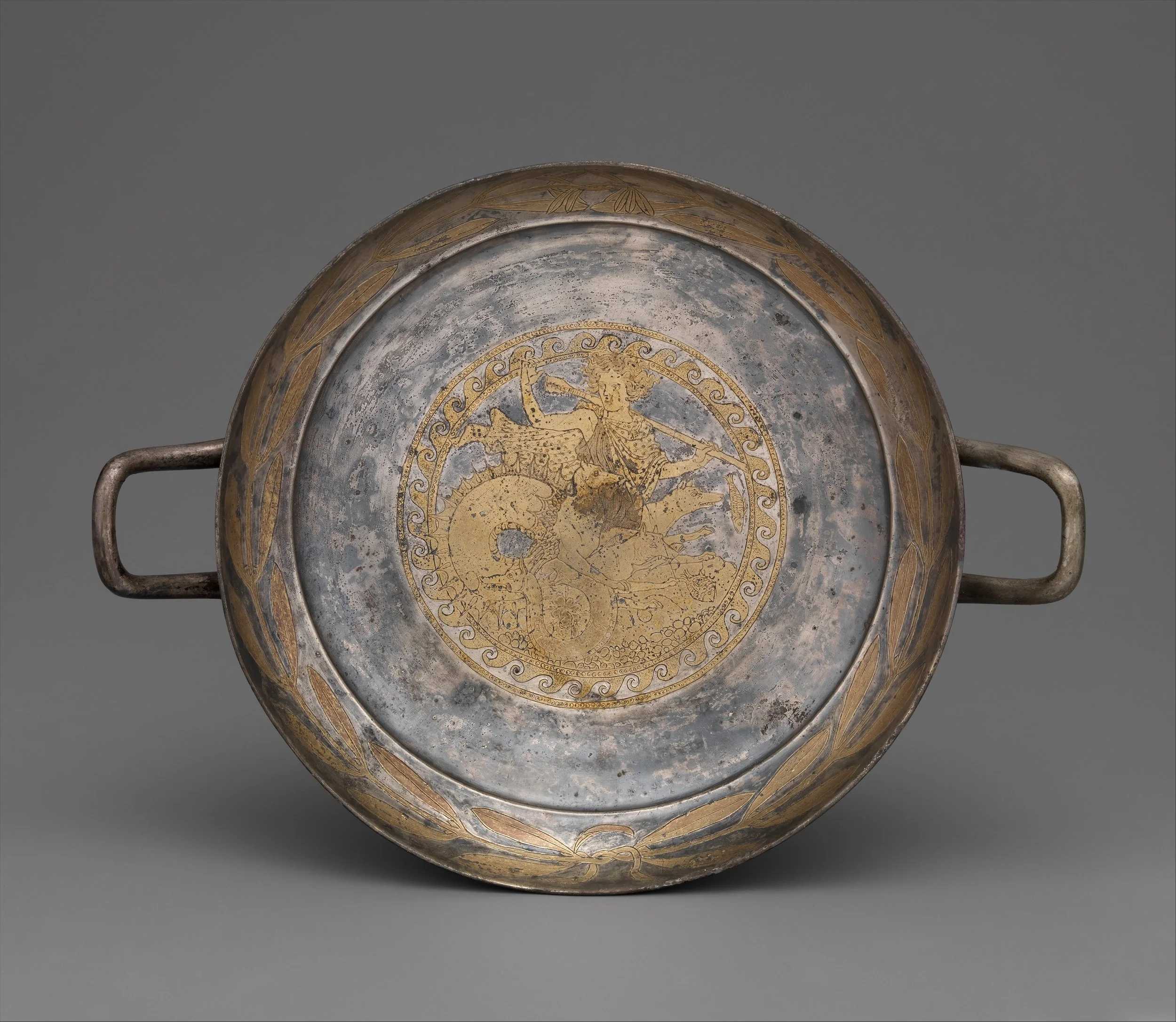The Odyssey’s antagonists, ranked from most to least useless
10. The Suitors
‘Krater of the Suitors’, 4th century BC. Currently on display at the Louvre.
Who: A group of young men from Ithaca and the surrounding regions.
What: They claim that each of them is vying to marry Penelope and take control of Ithaca in Odysseus’s absence.
Where: Throughout the Ithacan books of the Odyssey - 1-4 and 15-22.
Why: The Suitors seem to pose more of an idea of a threat than an actual threat in and of themselves. They make vague boasts and a cack-handed attempt at ambushing Telemachus but seem to spend the vast majority of their time drinking too much, eating too much, and ‘bantering’ to cause any real harm. And in the end, even though Odysseus has Athene on his side, it seems almost absurd that none of the hundred-or-so suitors manage to hit their targets during the ‘battle’ in book 21. The Stormtroopers of Ancient Greece?
9. The Lotus-Eaters
‘Lotus Eaters’ by Edward Marle, 1970. Currently in storage at Glasgow Museums.
Who: A race of people living somewhere along the north coast of Africa (maybe).
What: They tempt Odysseus and his crew with their local speciality, a narcotic fruit that makes anyone who eats it sleepy and forgetful.
Where: Book 9.
Why: There are worse things in the world that blissful ignorance, especially considering everything that Odysseus’s crew have endured up to this point - and what they still have to endure. Frankly, they’d have been better off if Odysseus hadn’t bothered dragging them away from the Lotus-eaters and had just left them there in peace.
8. Charybdis
‘Ulysses escaping from Charybdis’ by Jan Styka, 1911-1927.
Who: A goddess who also happens to be a massive whirlpool, possibly off the coast of Sicily.
What: Her whirlpools are big enough and strong enough to drag a ship and its crew beneath the water.
Where: Book 12.
Why: An enormous ship-devouring whirlpool seems the stuff of sailors’ nightmares. But Odysseus avoids her entirely the first time he sails past, and the second time he simply clings to a tree until she spits out his raft and then he rows off again. No drownings. 2-0 to Odysseus.
7. Calypso
‘Calypso chiding Odysseus by the sea shore’ by William Hilton, 1786-1839. Currently in storage at the British Museum.
Who: A goddess, daughter of Atlas, who really really likes Odysseus.
What: She keeps Odysseus prisoner on her island and offers him immortality if he marries her.
Where: Book 5.
Why: She holds Odysseus hostage for seven years, hindering his attempt to return home to Ithaca far more successfully than any other antagonist in the story. But she can only hinder him - and though she rages against Zeus’s order to let Odysseus go, she must comply. And she even helps him on his way, giving him the tools and materials to build a raft and survive a solo sea journey.
6. Poseidon
Colossal statue of Neptune, 2nd century AD. Currently on display at the Prado Museum.
Who: The Olympian god of the sea and storms. Hater of Odysseus.
What: After Odysseus robs and blinds his son, Polyphemus, Poseidon punishes him with storm and unruly seas.
Where: Throughout, particularly books 5-13.
Why: Poseidon might be the god of the sea and he might hate Odysseus with all his powers but, like Calypso, he’s ultimately as bound by fate as any of our mortal characters. In the end he can’t do much more than hinder and inconvenience Odysseus on his journey.
5. The Laestrygonians
‘Odyssey Landscapes’, 1st century BC wall painting. Currently owned by the Vatican Museums.
Who: A race of people-eating giants, living on the north-eastern coast of Sardinia (maybe).
What: They eat Odysseus’s crew and throw rocks at his ships.
Where: Book 10.
Why: The Laestrygonians offer a conundrum to Odysseus: they have the trappings of civilisation (a harbour, a city, a political system) but beneath that veneer they are giants who dine on human flesh. Odysseus only escapes because he’s had the foresight to moor his ship out of sight - if only he had the foresight to warn his captains to do the same with their ships.
4. Polyphemus
‘Ulysses giving wine to Polyphemus’ by John Flaxman, 1792-1805. Currently in storage at the British Museum.
Who: A Cyclops; the giant one-eyed son of Poseidon. Scorner of hospitality.
What: He kills and eats some of Odysseus’s crew, then vows to get vengeance through his father when Odysseus escapes.
Where: Book 9.
Why: The Cyclopes are another race of giants who devour human flesh and can throw ship-destroying rocks vast distances. Polyphemus has an edge on the Laestrygonians: he can call on his father, the god of the sea, to punish Odysseus for blinding and tricking and robbing him. But if Odysseus had restrained himself from breaking into Polyphemus’s home and helping himself to Polyphemus’s food and demanding a guest-gift in return, he might not have found himself in such a tricky situation.
3. The Sirens
Ulysses and the Sirens by Herbert James Draper, 1910. Currently owned by Leeds Art Gallery.
Who: Sea-nymphs usually depicted with women’s heads and birds’ bodies.
What: They have the ability to lure sailors to a watery death with their song.
Where: Book 12.
Why: Only Circe’s advice saves Odysseus from the Sirens’ murderous singing. He begs his men to release him when he hears their song - if they hadn’t been pre-warned, they would definitely have been overcome by the Sirens.
2. Scylla
Scylla kylix, 5th century BC. Currently on display at The Met.
Who: A naiad turned into a six-headed sea monster.
What: Ships who sail too close lose a sailor to each of her heads.
Where: Book 12.
Why: There is no way anyone can defend themselves against Scylla - not even Odysseus. Her cave is too narrow, and her heads too quick for anyone sailing past to be able to defeat her. Odysseus’s best chance, Circe tells him, is to count himself lucky to only lose six men to her.
1. Circe
‘Circe’ by Maurice William Grieffenhagen, 1924. Currently owned by The Hunterian.
Who: A goddess with magical powers. Daughter of Helios.
What: Circe has the ability to turn people into animals with the aid of her magic wand and/or potions.
Where: Books 10 and 12.
Why: Her magical abilities and knowledge of herbs and potions seem to give her powers that even the other gods are wary of - Hermes has to give Odysseus another herb to counteract her own. She has transformed countless intruders into beasts of all kinds. And she proves that the worst antagonists can become the best helpers if you get them on side, by giving Odysseus sound advice that helps him to complete his journey. It’s unclear whether she does this because she genuinely wants to help, or because she wants to get rid of him. She doesn’t imprison Odysseus the way Calypso does, but he still sticks around for a year and only leaves when his crew remind him that they have a journey to be getting on with.

